Thomas Feys
Leveraging Power Amplifier Distortion for Physical Layer Security
Jul 10, 2025Abstract:This paper introduces a new approach to physical layer security (PLS) by leveraging power amplifier (PA) nonlinear distortion through distortion-aware precoding. While some conventional PLS techniques inject artificial noise orthogonal to legitimate channels, we demonstrate that inherent PA nonlinearities typically considered undesirable can be exploited to enhance security. The zero 3rd order (Z3RO) precoder applies a negative polarity to several antennas to cancel the PA distortion at the user location, resulting in distortion being transmitted in non-user locations. Redirecting the distortion to non-user locations creates interference for potential eavesdroppers, lowering their signal-to-noise-and-distortion ratio (SNDR). Numerical simulations reveal that the Z3RO precoder achieves up to a $2.5\times$ improvement in secrecy rate compared to conventional maximum ratio transmission (MRT) precoding under a $10\%$ outage probability, SNR of $32$ dB and $-5$ dB input back-off (IBO) where the PAs enter the saturation regime.
GNN-based Precoder Design and Fine-tuning for Cell-free Massive MIMO with Real-world CSI
May 13, 2025Abstract:Cell-free massive MIMO (CF-mMIMO) has emerged as a promising paradigm for delivering uniformly high-quality coverage in future wireless networks. To address the inherent challenges of precoding in such distributed systems, recent studies have explored the use of graph neural network (GNN)-based methods, using their powerful representation capabilities. However, these approaches have predominantly been trained and validated on synthetic datasets, leaving their generalizability to real-world propagation environments largely unverified. In this work, we initially pre-train the GNN using simulated channel state information (CSI) data, which incorporates standard propagation models and small-scale Rayleigh fading. Subsequently, we finetune the model on real-world CSI measurements collected from a physical testbed equipped with distributed access points (APs). To balance the retention of pre-trained features with adaptation to real-world conditions, we adopt a layer-freezing strategy during fine-tuning, wherein several GNN layers are frozen and only the later layers remain trainable. Numerical results demonstrate that the fine-tuned GNN significantly outperforms the pre-trained model, achieving an approximate 8.2 bits per channel use gain at 20 dB signal-to-noise ratio (SNR), corresponding to a 15.7 % improvement. These findings highlight the critical role of transfer learning and underscore the potential of GNN-based precoding techniques to effectively generalize from synthetic to real-world wireless environments.
Optimal Training Design for Over-the-Air Polynomial Power Amplifier Model Estimation
Apr 19, 2024Abstract:The current evolution towards a massive number of antennas and a large variety of transceiver architectures forces to revisit the conventional techniques used to improve the fundamental power amplifier (PA) linearity-efficiency trade-off. Most of the digital linearization techniques rely on PA measurements using a dedicated feedback receiver. However, in modern systems with large amount of RF chains and high carrier frequency, dedicated receiver per RF chain is costly and complex to implement. This issue can be addressed by measuring PAs over the air, but in that case, this extra signalling is sharing resources with the actual data transmission. In this paper, we look at the problem from an estimation theory point of view so as to minimize pilot overhead while optimizing estimation performance. We show that conventional results in the mathematical statistics community can be used. We find the least squares (LS) optimal training design, minimizing the maximal mean squared error (MSE) of the reconstructed PA response over its whole input range. As compared to uniform training, simulations demonstrate a factor 10 reduction of the maximal MSE for a L = 7 PA polynomial order. Using prior information, the LMMSE estimator can achieve an additional gain of a factor up to 300 at low signal-to-noise ratio (SNR).
Toward Energy-Efficient Massive MIMO: Graph Neural Network Precoding for Mitigating Non-Linear PA Distortion
Dec 05, 2023Abstract:Massive MIMO systems are typically designed assuming linear power amplifiers (PAs). However, PAs are most energy efficient close to saturation, where non-linear distortion arises. For conventional precoders, this distortion can coherently combine at user locations, limiting performance. We propose a graph neural network (GNN) to learn a mapping between channel and precoding matrices, which maximizes the sum rate affected by non-linear distortion, using a high-order polynomial PA model. In the distortion-limited regime, this GNN-based precoder outperforms zero forcing (ZF), ZF plus digital pre-distortion (DPD) and the distortion-aware beamforming (DAB) precoder from the state-of-the-art. At an input back-off of -3 dB the proposed precoder compared to ZF increases the sum rate by 8.60 and 8.84 bits/channel use for two and four users respectively. Radiation patterns show that these gains are achieved by transmitting the non-linear distortion in non-user directions. In the four user-case, for a fixed sum rate, the total consumed power (PA and processing) of the GNN precoder is 3.24 and 1.44 times lower compared to ZF and ZF plus DPD respectively. A complexity analysis shows six orders of magnitude reduction compared to DAB precoding. This opens perspectives to operate PAs closer to saturation, which drastically increases their energy efficiency.
Deep Unfolding for Fast Linear Massive MIMO Precoders under a PA Consumption Model
Apr 25, 2023Abstract:Massive multiple-input multiple-output (MIMO) precoders are typically designed by minimizing the transmit power subject to a quality-of-service (QoS) constraint. However, current sustainability goals incentivize more energy-efficient solutions and thus it is of paramount importance to minimize the consumed power directly. Minimizing the consumed power of the power amplifier (PA), one of the most consuming components, gives rise to a convex, non-differentiable optimization problem, which has been solved in the past using conventional convex solvers. Additionally, this problem can be solved using a proximal gradient descent (PGD) algorithm, which suffers from slow convergence. In this work, to overcome the slow convergence, a deep unfolded version of the algorithm is proposed, which can achieve close-to-optimal solutions in only 20 iterations compared to the 3500 plus iterations needed by the PGD algorithm. Results indicate that the deep unfolding algorithm is three orders of magnitude faster than a conventional convex solver and four orders of magnitude faster than the PGD.
Self-Supervised Learning of Linear Precoders under Non-Linear PA Distortion for Energy-Efficient Massive MIMO Systems
Oct 13, 2022
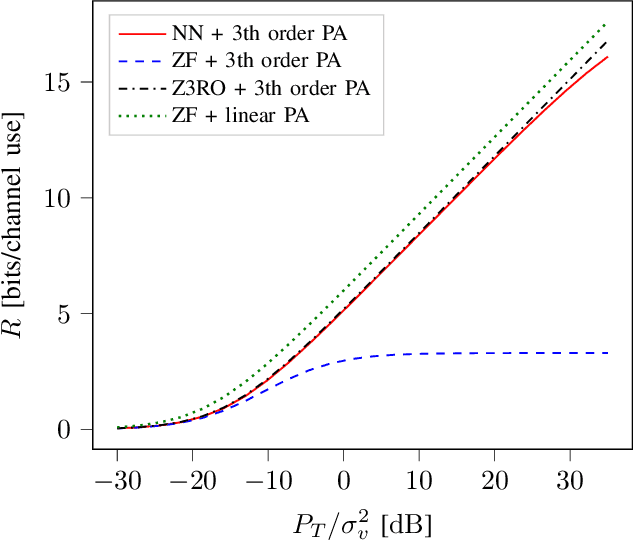
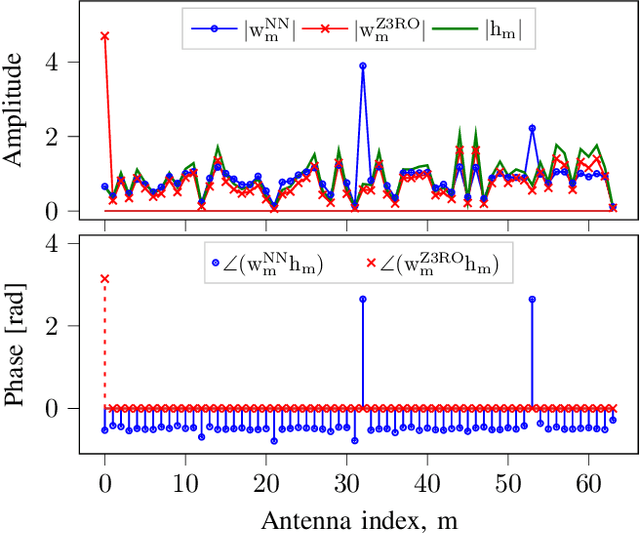

Abstract:Massive multiple input multiple output (MIMO) systems are typically designed under the assumption of linear power amplifiers (PAs). However, PAs are typically most energy-efficient when operating close to their saturation point, where they cause non-linear distortion. Moreover, when using conventional precoders, this distortion coherently combines at the user locations, limiting performance. As such, when designing an energy-efficient massive MIMO system, this distortion has to be managed. In this work, we propose the use of a neural network (NN) to learn the mapping between the channel matrix and the precoding matrix, which maximizes the sum rate in the presence of this non-linear distortion. This is done for a third-order polynomial PA model for both the single and multi-user case. By learning this mapping a significant increase in energy efficiency is achieved as compared to conventional precoders and even as compared to perfect digital pre-distortion (DPD), in the saturation regime.
Measurement-Based Validation of Z3RO Precoder to Prevent Nonlinear Amplifier Distortion in Massive MIMO Systems
Feb 01, 2022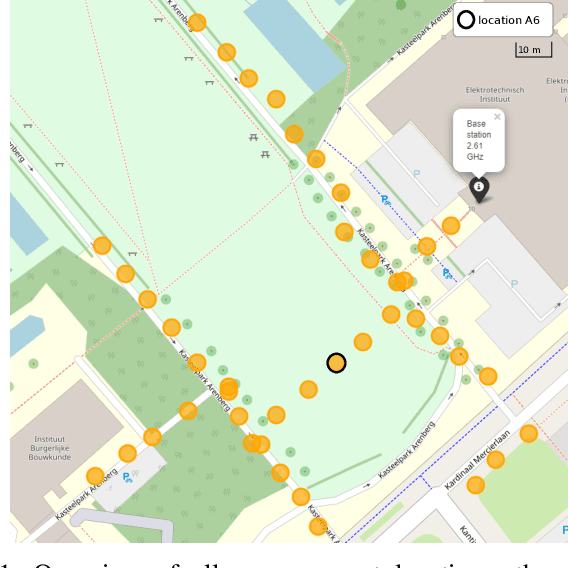
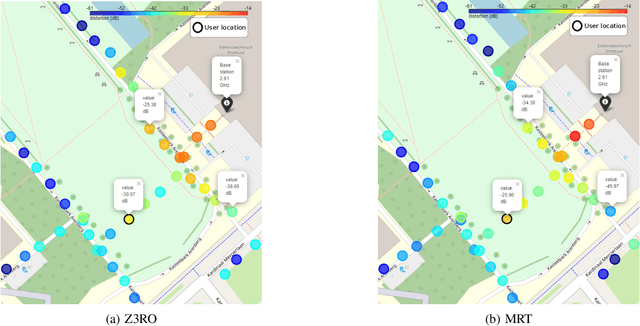
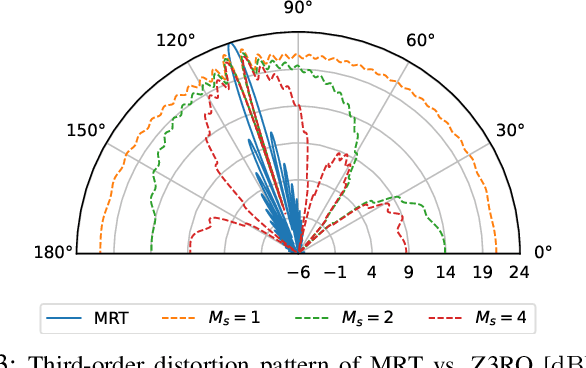
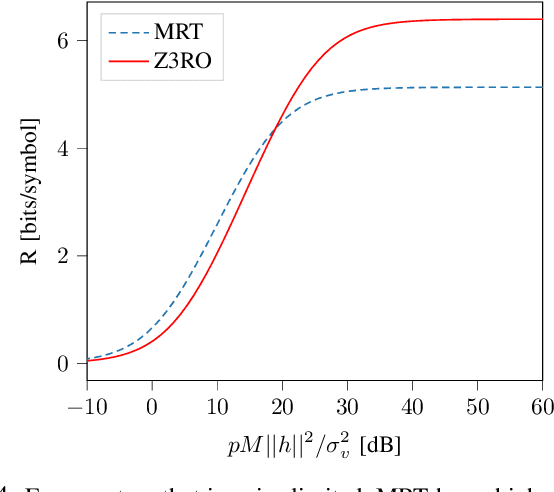
Abstract:In multiple input multiple output (MIMO) systems, precoding allows the base station to spatially focus and multiplex signals towards each user. However, distortion introduced by power amplifier nonlinearities coherently combines in the same spatial directions when using a conventional precoder such as maximum ratio transmission (MRT). This can strongly limit the user performance and moreover create unauthorized out-of-band (OOB) emissions. In order to overcome this problem, the zero third-order distortion (Z3RO) precoder was recently introduced. This precoder constraints the third-order distortion at the user location to be zero. In this work, the performance of the Z3RO precoder is validated based on real-world channel measurement data. The results illustrate the reduction in distortion power at the UE locations: an average distortion reduction of 6.03 dB in the worst-case single-user scenario and 3.54 dB in the 2-user case at a back-off rate of -3 dB.
 Add to Chrome
Add to Chrome Add to Firefox
Add to Firefox Add to Edge
Add to Edge